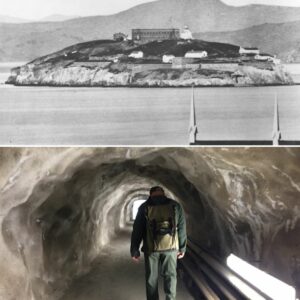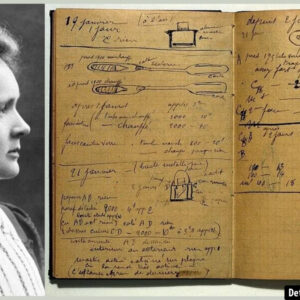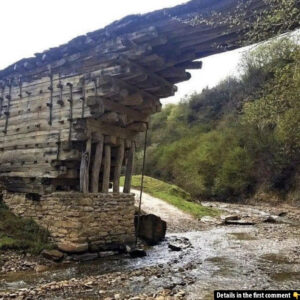Childhood is a universal experience, yet how it is shaped and experienced has evolved dramatically over time. In the late 19th to mid-20th centuries, the world underwent monumental shifts, from technological advancements to cultural transformations, all of which left their mark on the lives of children. Through photographs, we can glimpse these moments, frozen in time, capturing the innocence, playfulness, and resilience of childhood from the 1880s to the 1970s. This article takes you on a visual journey through the decades, exploring the ever-changing landscape of childhood in these pivotal years.
The 1880s: Capturing Innocence
In the late 19th century, childhood was often depicted in formal, posed family portraits. Children of this era were dressed in their finest clothes, and photographs, which were still relatively new, captured the innocence of youth in a rigid, almost solemn fashion. These early photographs, often black and white, show children looking straight at the camera, some with uncertain expressions, others with bright smiles peeking through the formality of the moment. The clothing, typically elaborate and stiff, reflected the societal norms of the time, where childhood was not just a time of play, but of preparation for the responsibilities of adulthood.
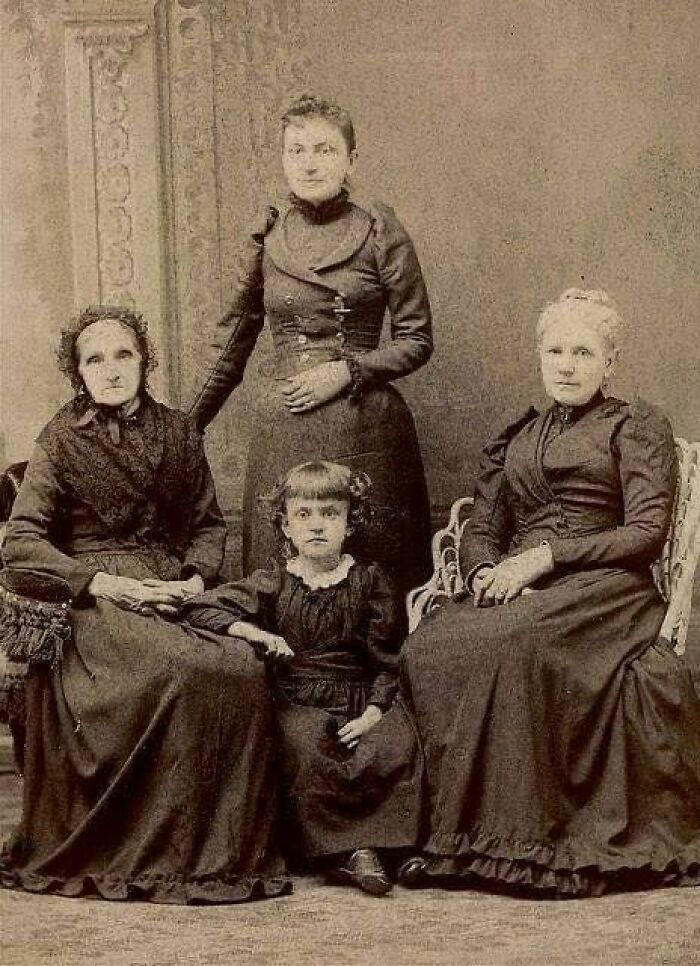
In these pictures, you can almost feel the weight of tradition. However, even in these formal shots, hints of individuality and personality manage to shine through. A girl’s mischievous grin, a boy’s carefree posture—these moments of candidness were rare, but they remain powerful in depicting a side of childhood that was often overshadowed by societal expectations.
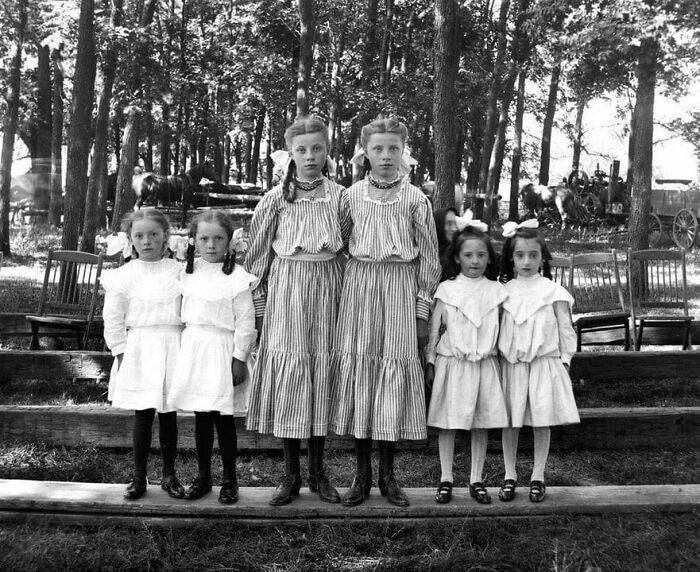
Video
Watch the video 20th Century – A 1950s Childhood to step back in time and experience the unique joys and challenges of growing up in the 1950s.
The 1900s: Fun and Freedom in the Early 20th Century
As the 20th century dawned, the world began to shift toward a more dynamic and faster-paced lifestyle. Children’s lives started to reflect these changes. No longer bound entirely by the solemnity of their parents’ expectations, children were seen playing outside, engaging with the world in a more relaxed and joyful manner. Photographs of children riding bicycles, playing with simple toys, or running through fields marked a departure from the stiff, posed portraits of earlier decades.
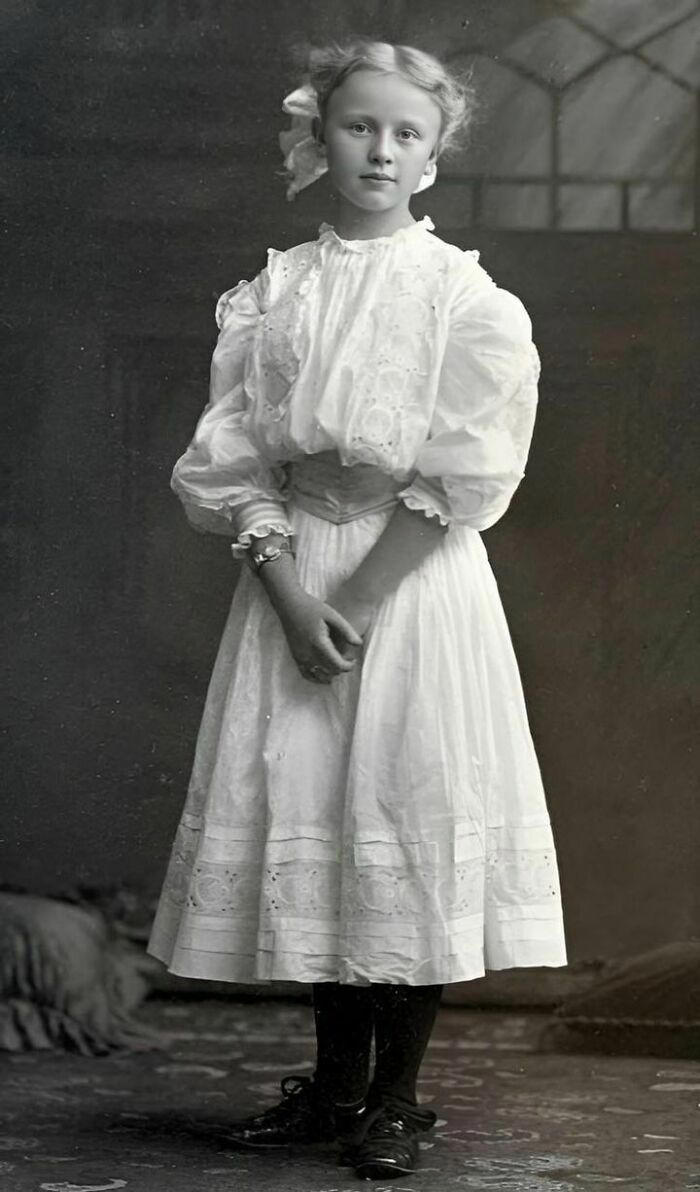
In this era, the camera began to capture moments of playful freedom. Children were shown interacting with their environment, the first glimpses of how childhood would later evolve in the coming decades. These images are filled with life, the smiles broad and the eyes sparkling with a sense of adventure. The outdoors became a playground for many children, and the photographs that emerged from this period reflect the beginning of childhood as we know it today—vibrant, active, and full of possibility.
The 1920s: Childhood During the Roaring Twenties
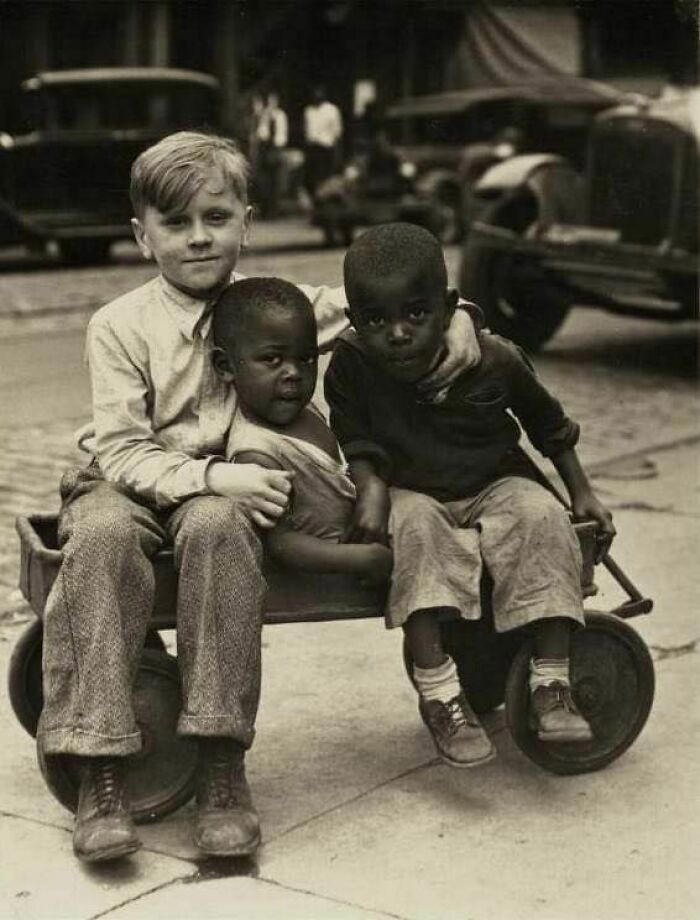
The 1920s brought with it a wave of cultural change. Known for its jazz music, speakeasies, and flappers, the decade was a time of exuberance and liberation, and this was reflected in how children were seen in photographs. By now, photography was becoming more accessible to the masses, and the first candid shots of children at play were captured. However, these photos still reflected a sense of formality, with many children dressed up in the finest clothing for outings, whether to the park, the beach, or a social event.
The 1920s also saw a rise in the popularity of toys like dolls and cars, which children were often photographed with, embodying the growing materialism of the decade. Children were frequently seen engaging in group activities, their interactions now captured more naturally, with smiles and laughter replacing the stiff, formal poses of earlier years.
The 1930s: The Great Depression and the Resilience of Childhood
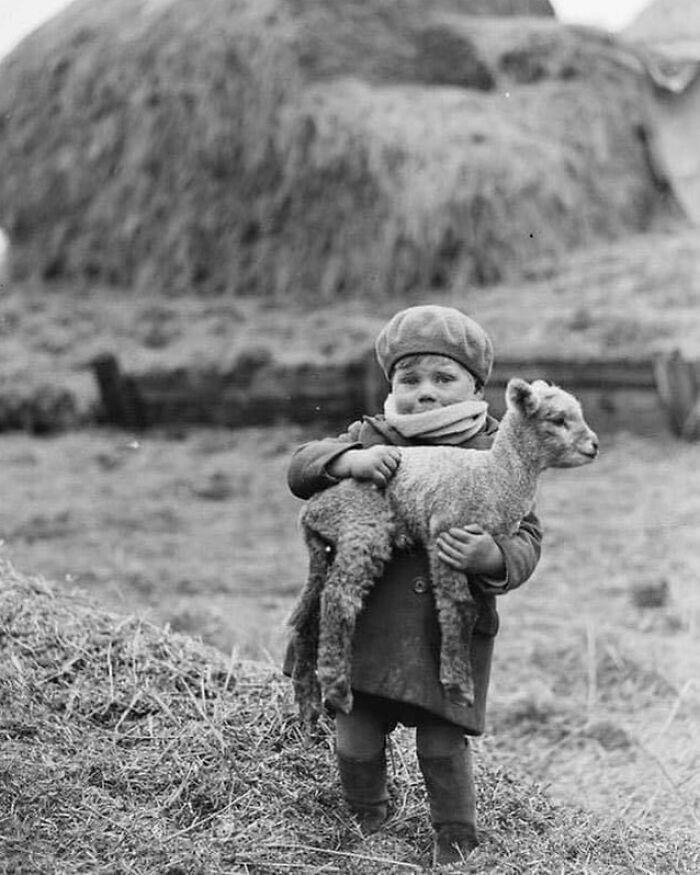
The 1930s were marked by the Great Depression, a time of hardship and economic instability. However, the spirit of childhood remained unbroken. Even in the toughest of times, children were photographed playing on the streets, helping their families, or simply engaging in everyday life. These photographs are poignant—showing the resilience of children who were caught in the throes of an economic downturn yet still found joy in the simplicity of life.
Photos from this era often depict children playing in the streets or holding makeshift toys, a testament to their ability to find happiness even in the most challenging of circumstances. These images serve as a reminder that childhood is not solely defined by material wealth, but by the ability to play, laugh, and dream, even in the face of adversity.
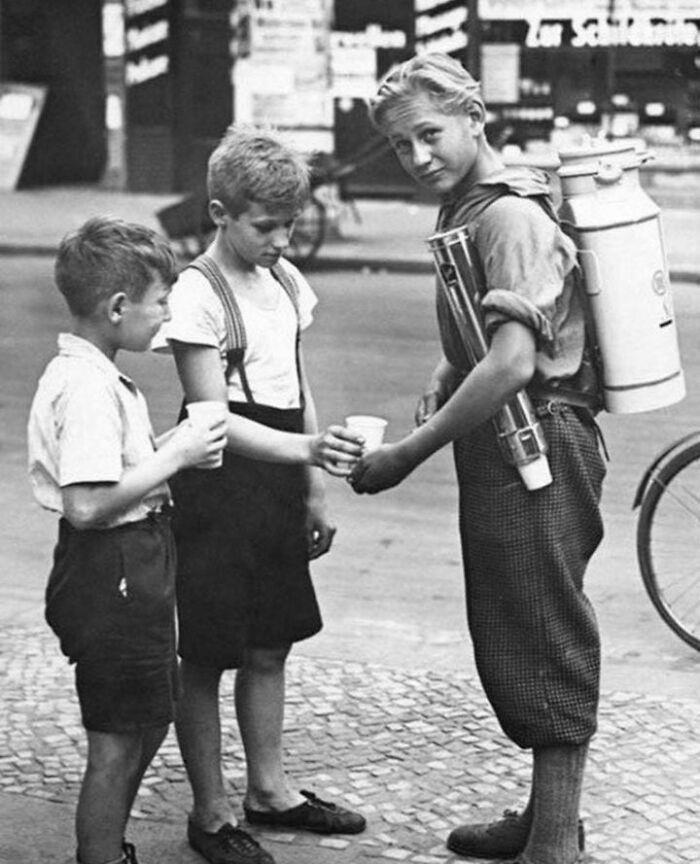
The 1940s: Childhood in the Shadow of World War II
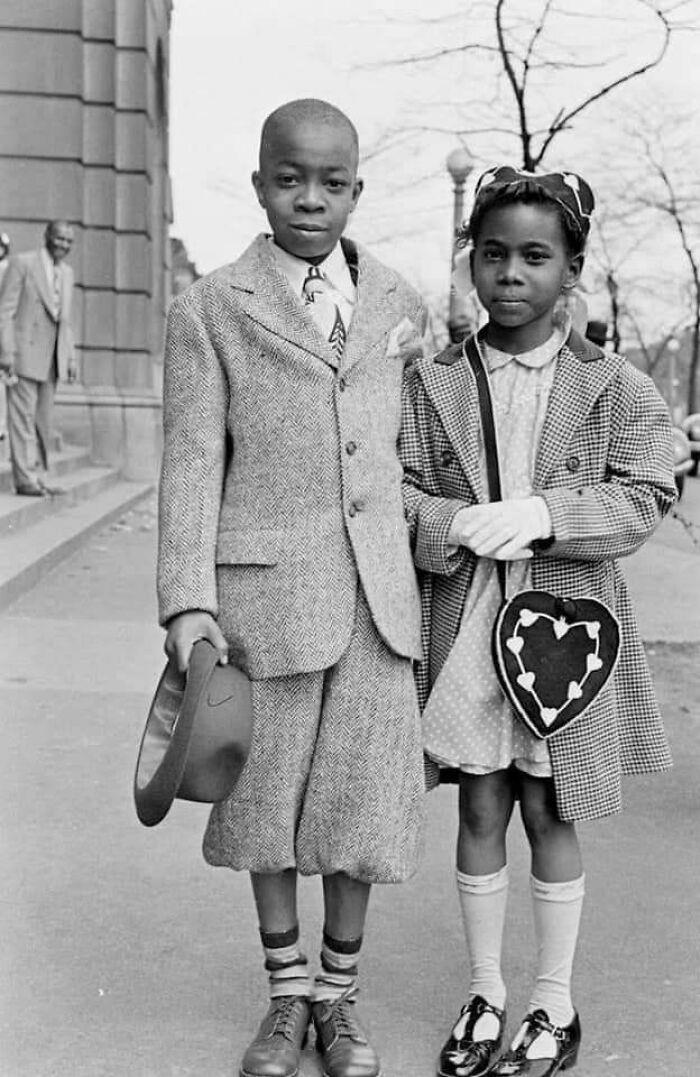
World War II had a profound impact on the world, and childhood during the 1940s was shaped by the events unfolding across the globe. Many photographs from this era depict children with a sense of awareness beyond their years, reflecting the wartime realities that they were living through. In some photos, children are shown wearing gas masks, participating in war bond drives, or standing in front of posters urging support for the war effort.
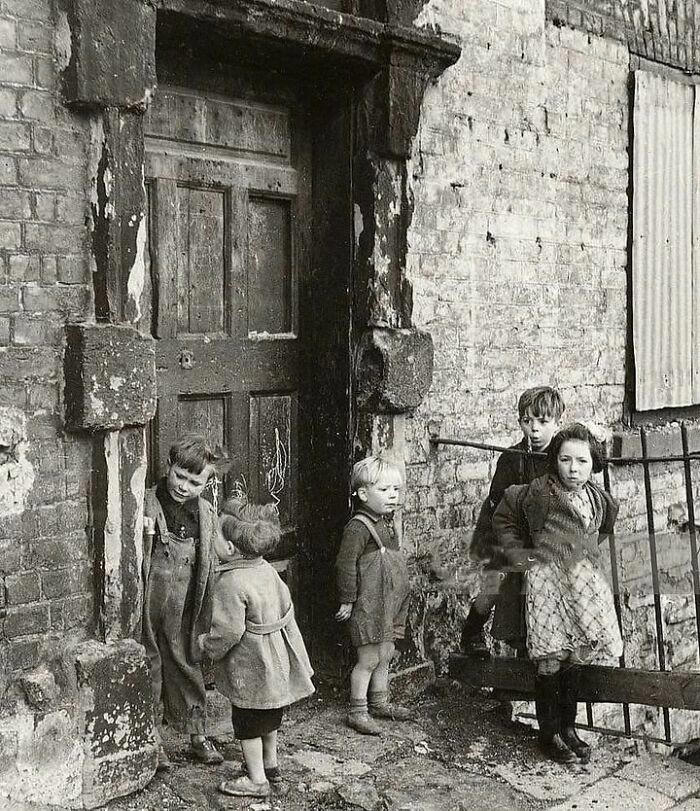
Yet, despite the tension and fear of wartime, childhood still carried on. Children played in parks, attended school, and celebrated birthdays, although the war’s presence was always lurking in the background. These images reflect the duality of childhood during this time—a period of innocence intertwined with the harshness of global conflict.
The 1950s: Post-War Prosperity and the Idealized Childhood
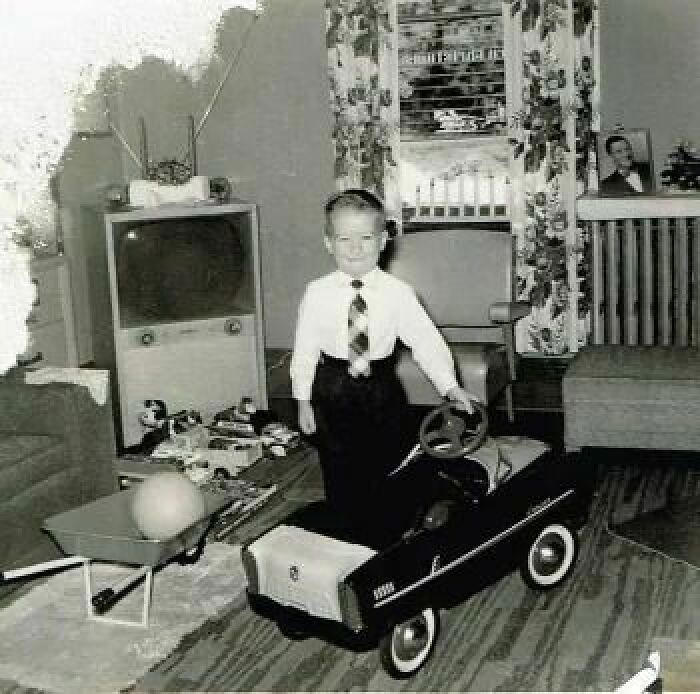
The 1950s brought a sense of post-war prosperity, particularly in the United States, where suburban life flourished. This was an era that idealized the nuclear family, and childhood was often portrayed as carefree, filled with new opportunities. Children from this era were often photographed playing in suburban backyards, riding bicycles, and participating in family outings. The 1950s also saw the introduction of television, and children began to engage with this new medium, influencing their play and social interactions.
Photographs from this period often show children in their best clothes, playing with toys that were increasingly modern. The iconic image of the 1950s child is one of contentment, freedom, and a sense of optimism that came with the end of the war and the dawn of the modern age.
The 1960s: Changing Values and the Youth Movement

The 1960s were a time of great social upheaval, and this was reflected in the experiences of children. The civil rights movement, the rise of counterculture, and the push for gender equality all shaped the childhood experiences of this generation. Photographs from this era show children actively participating in protests, standing up for justice, and expressing themselves in ways that were unimaginable in previous decades.
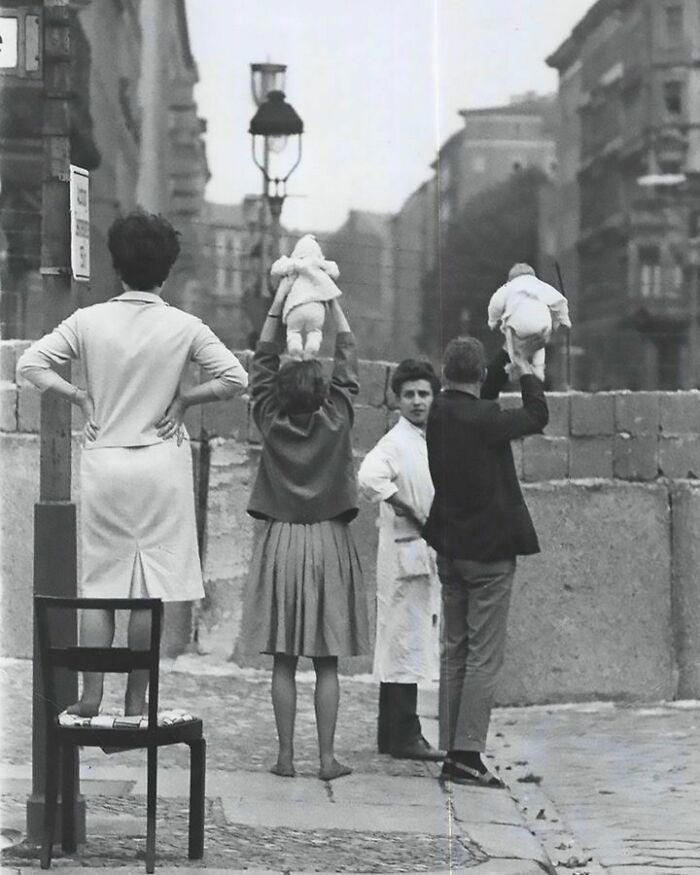
Children were no longer simply passive recipients of the world around them; they were part of a larger movement, with their own voices, ideals, and dreams. These photos capture a sense of activism and a desire for change that defined the 1960s. They also show moments of rebellion and freedom, as children began to embrace individuality and challenge traditional norms.
The 1970s: Modern Childhood Emerges
The 1970s marked the beginning of a new phase in childhood. Children now had access to more advanced technology, from video games to early home computers, and these innovations began to shape their play. Children were photographed in front of these new machines, signaling the rise of a more modern, tech-savvy childhood. Yet, the 1970s also saw a return to simpler pleasures, with children still playing outside and enjoying nature.
The 1970s also marked the beginning of more active, engaged parenting, and photographs from this era reflect the growing importance of family time and leisure activities. These images show children playing sports, participating in after-school activities, and engaging in community life. The 1970s ushered in a new era where childhood was no longer solely about play, but also about exploration and discovery in an increasingly complex world.
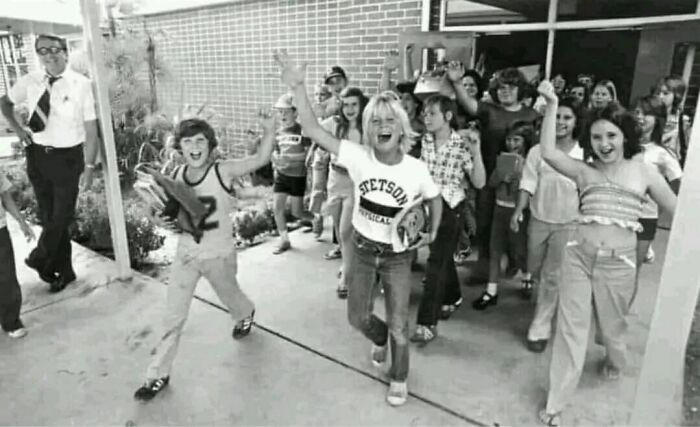
Gallery of Childhood Moments
From formal portraits in the 1880s to playful outdoor scenes in the 1930s, and from the cautious moments of wartime to the carefree smiles of the 1950s, the following gallery encapsulates the essence of childhood during these defining decades.
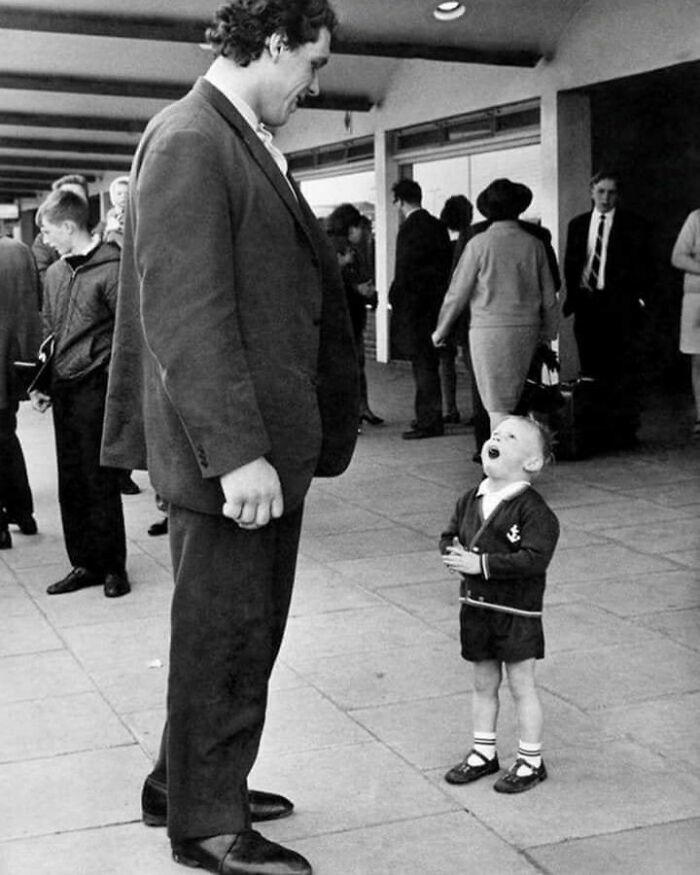
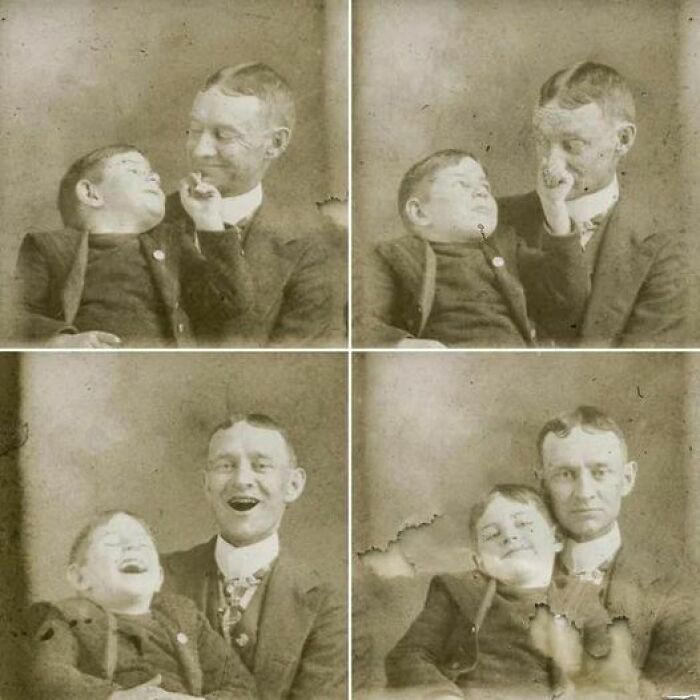
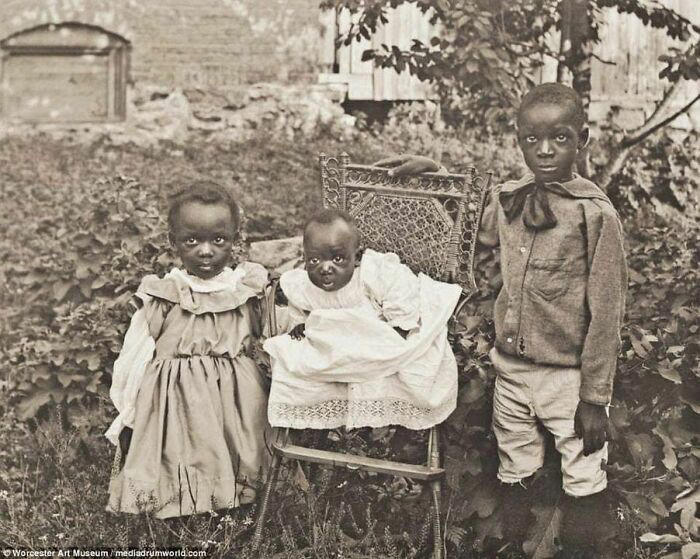
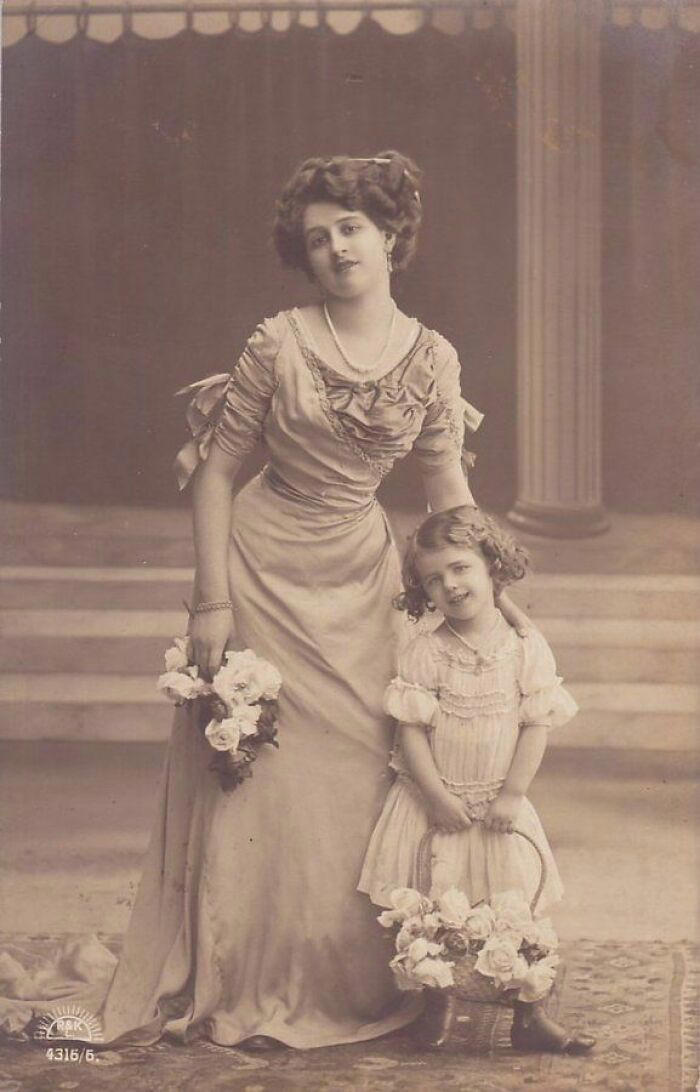
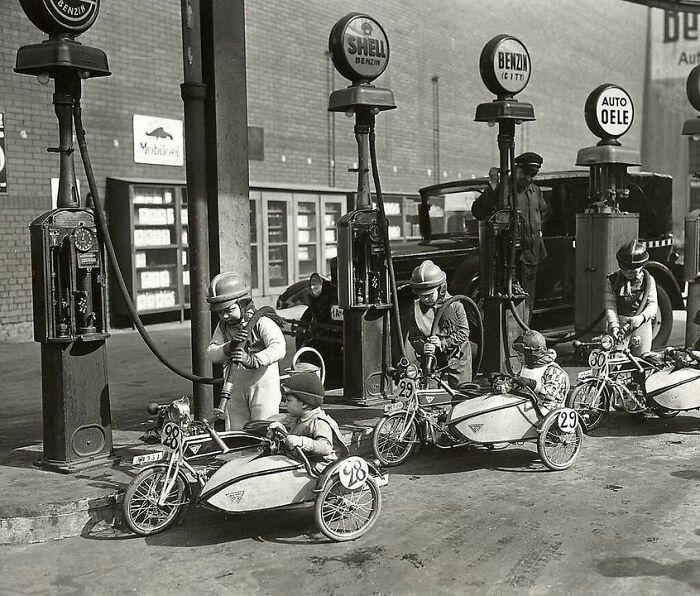
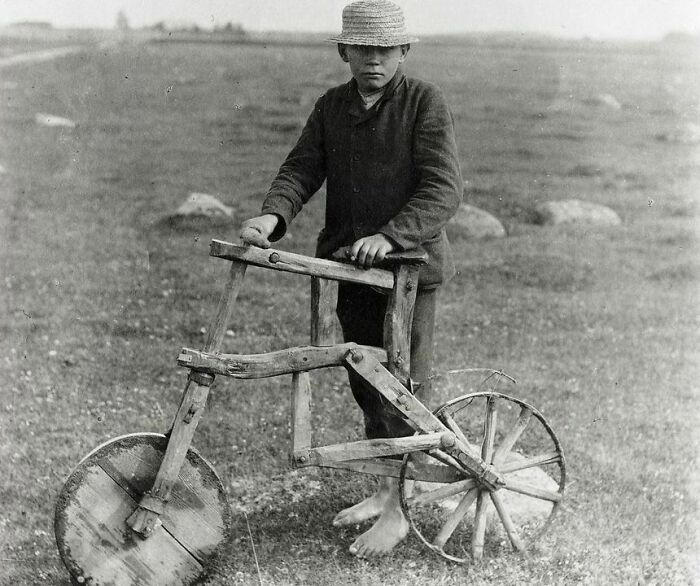
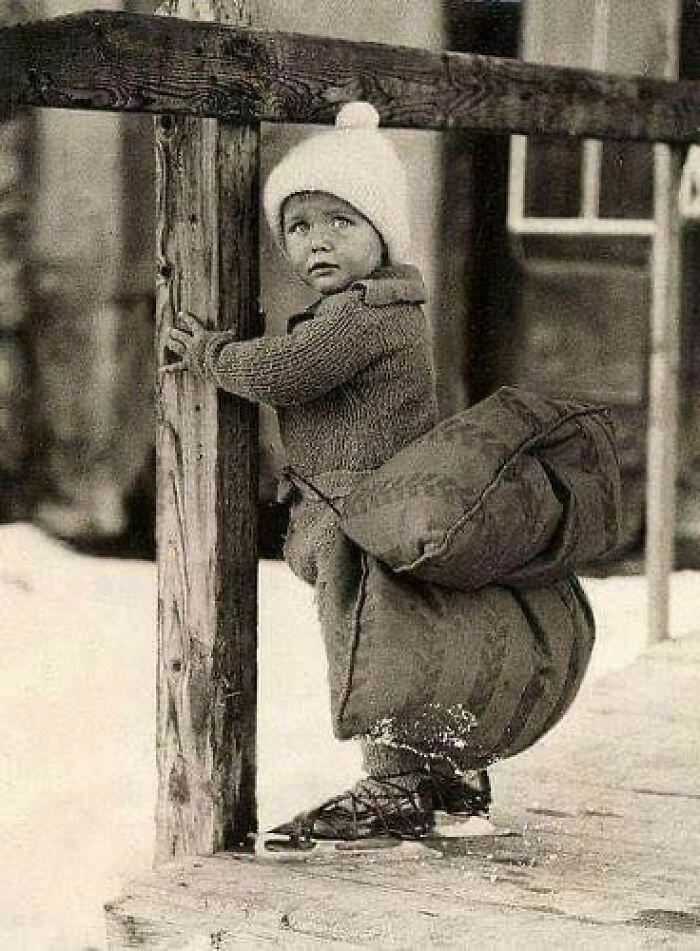

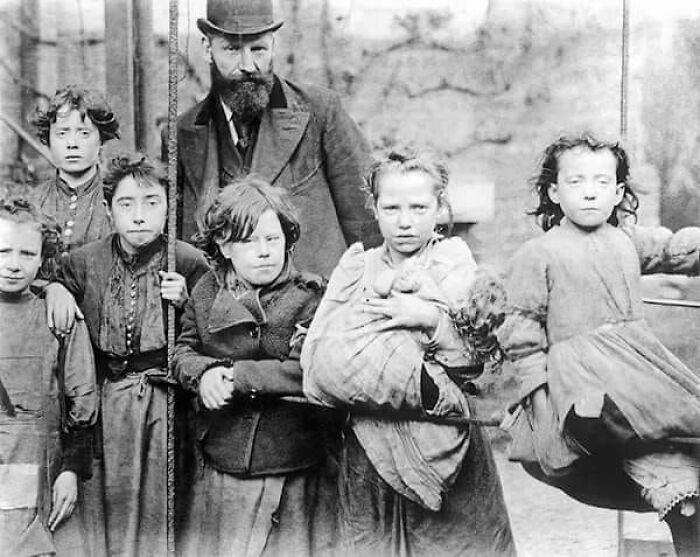
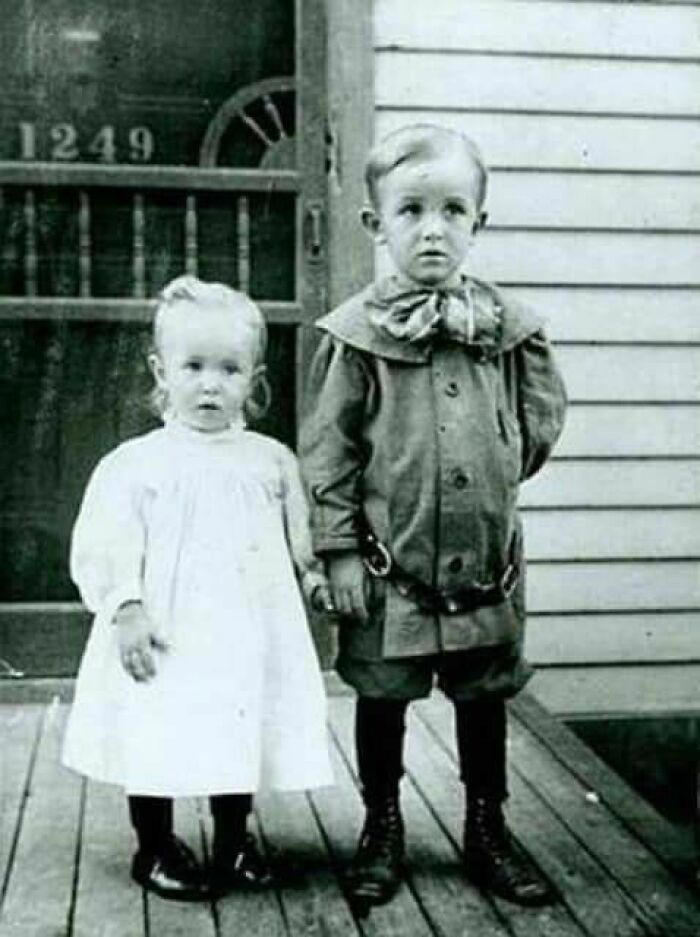
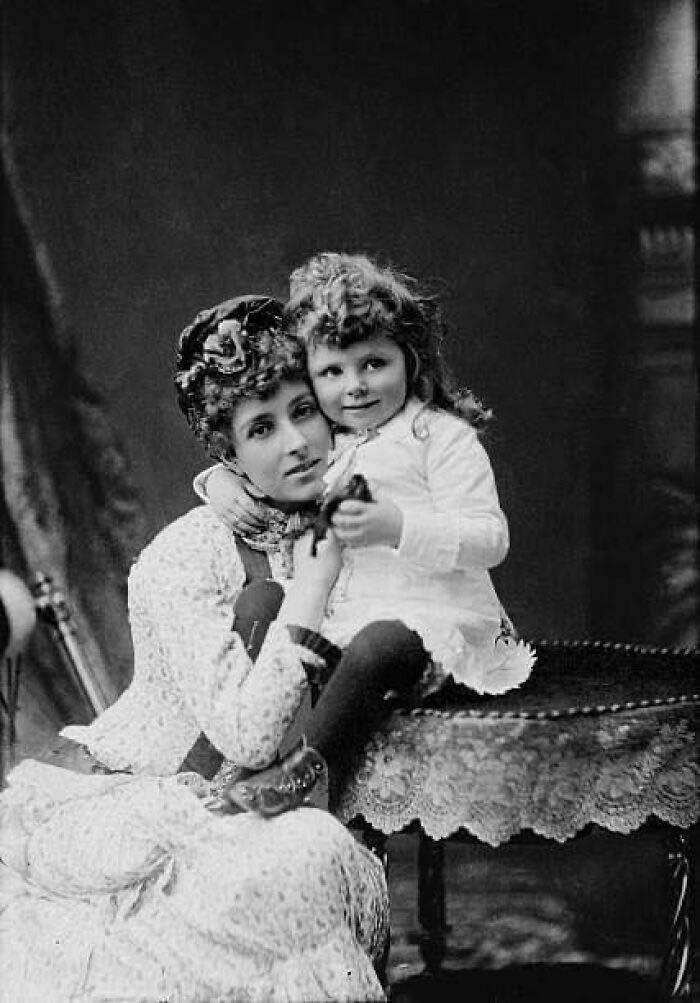

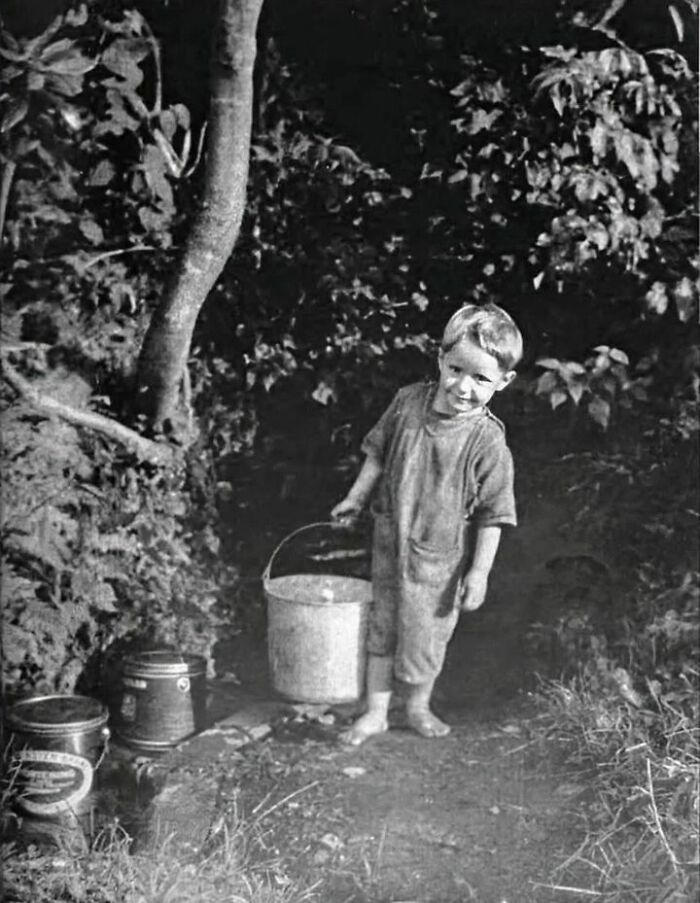
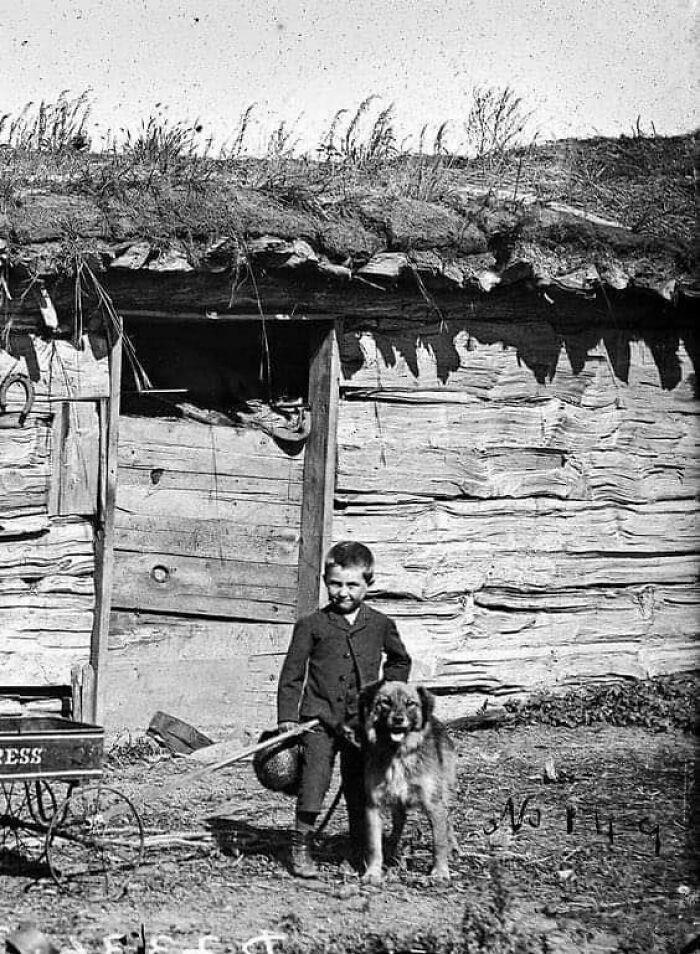
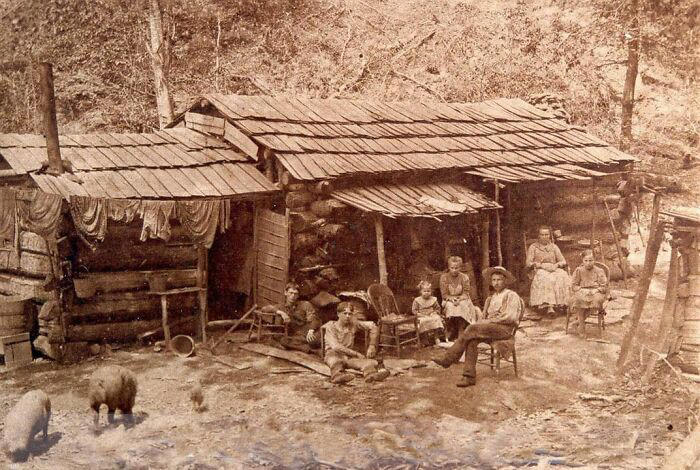
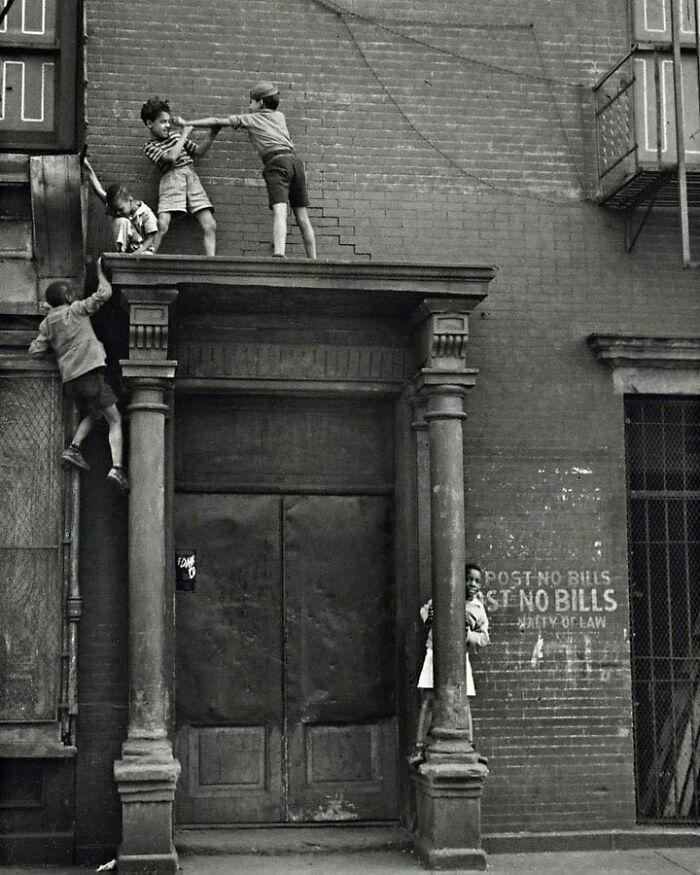
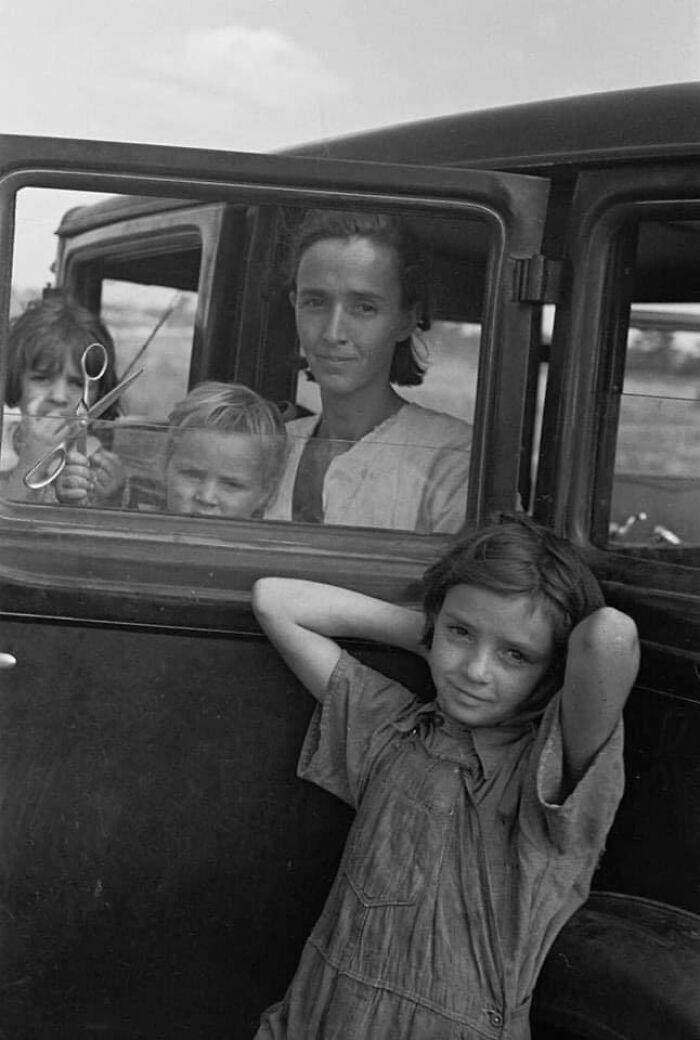
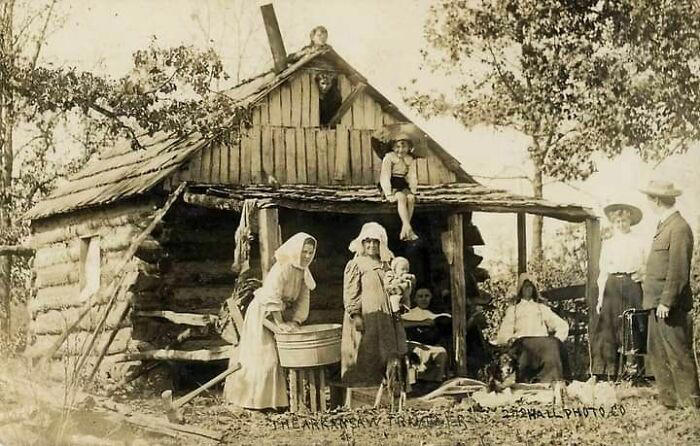
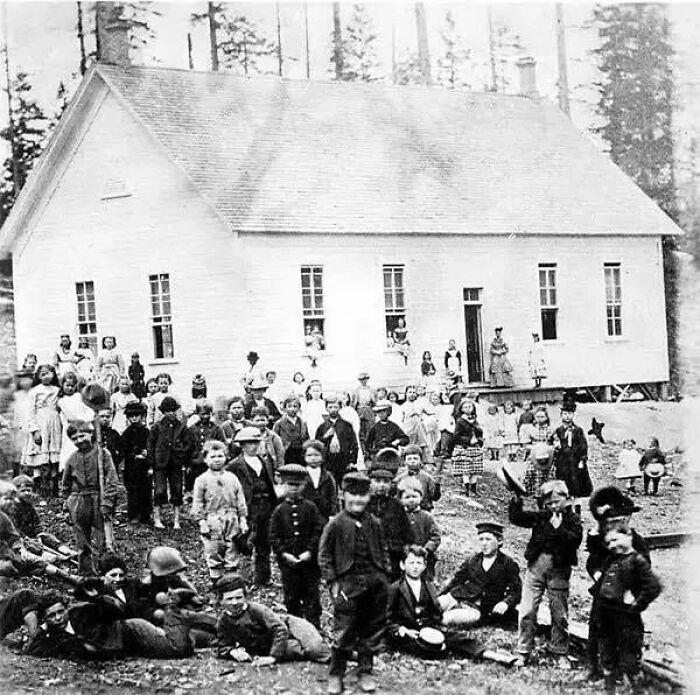
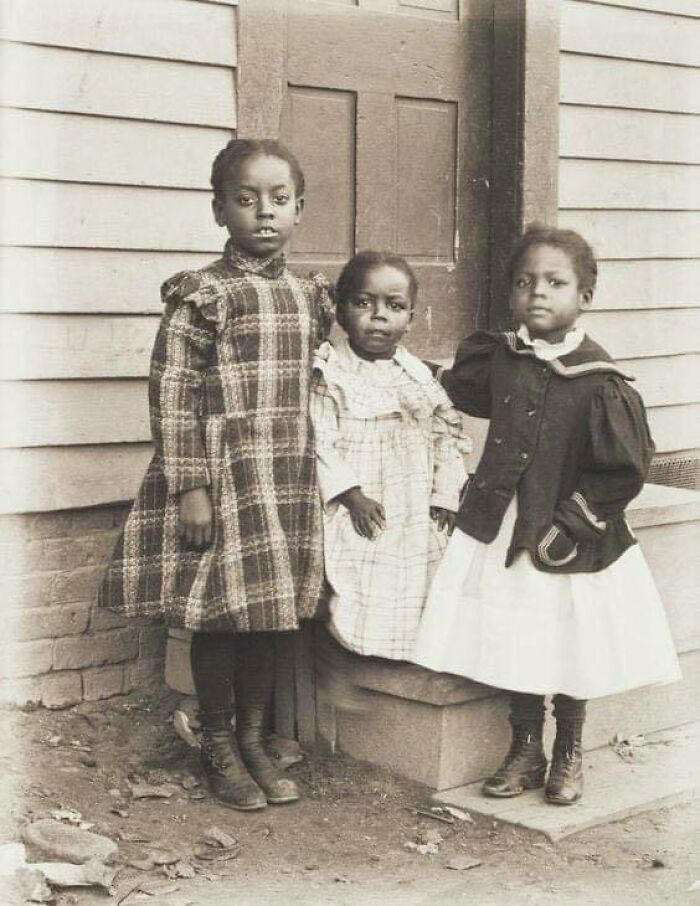
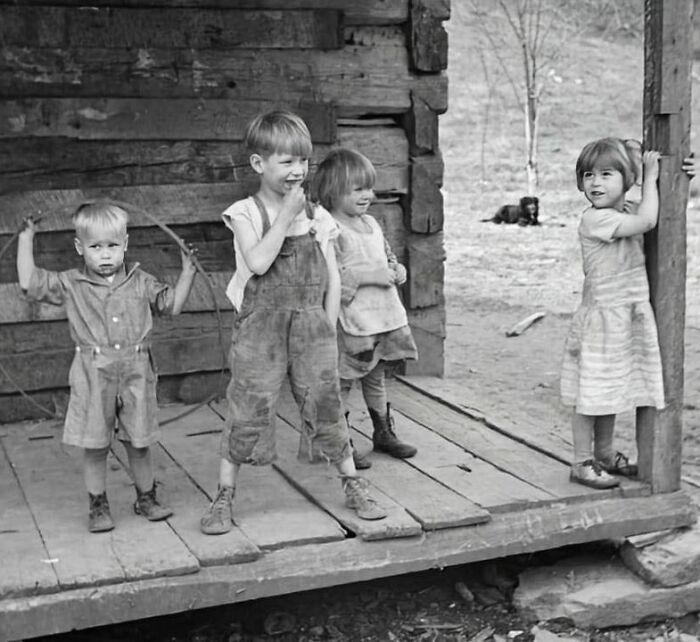
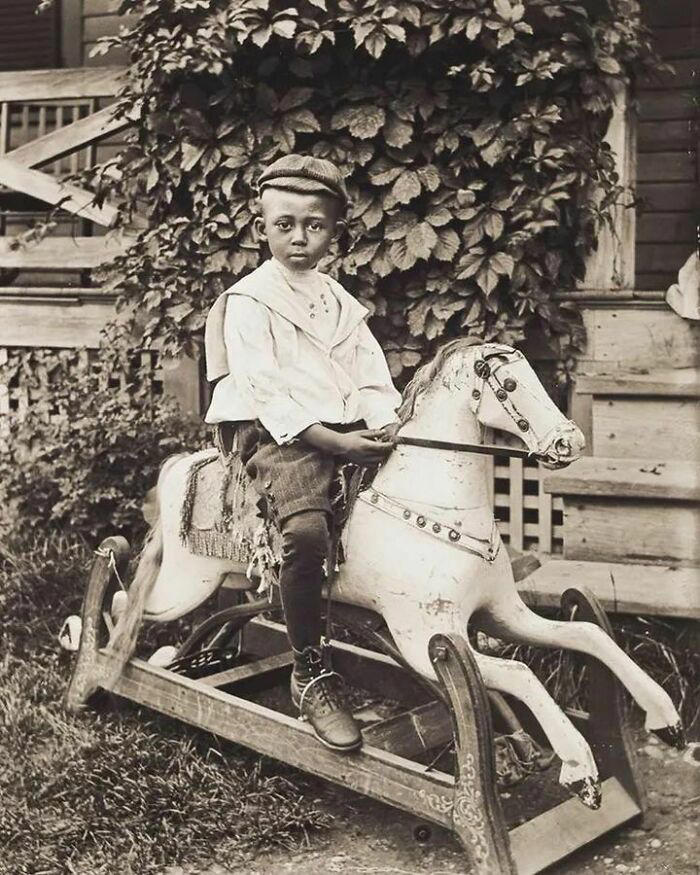
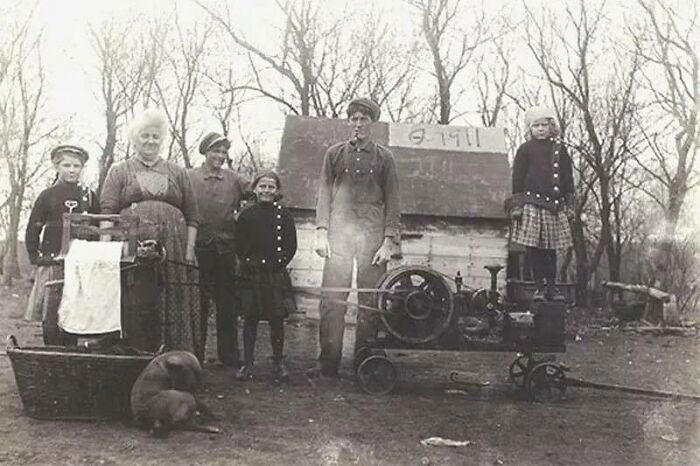
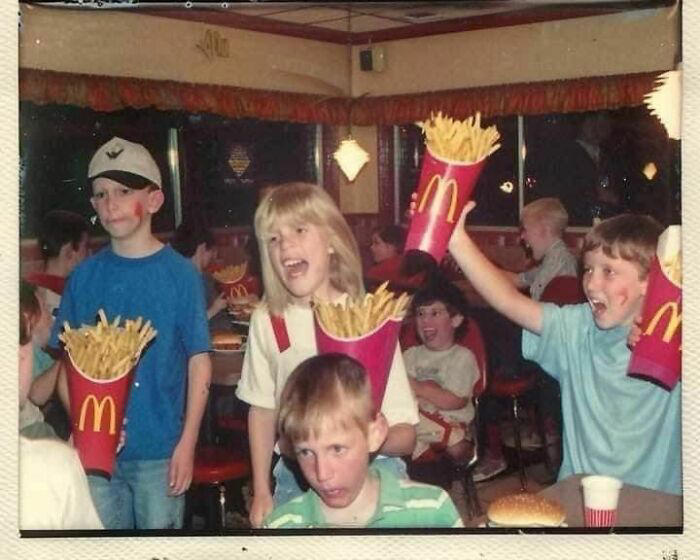
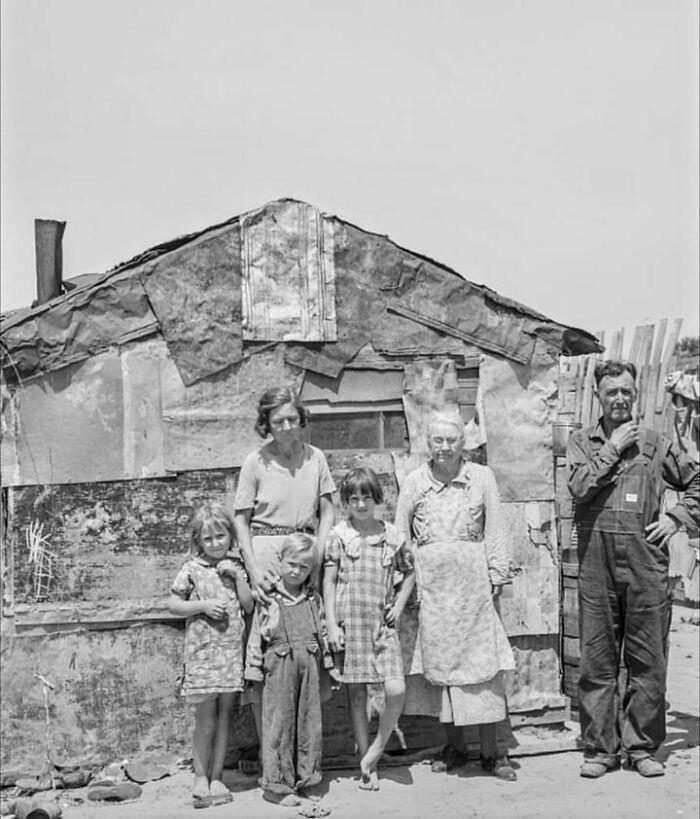
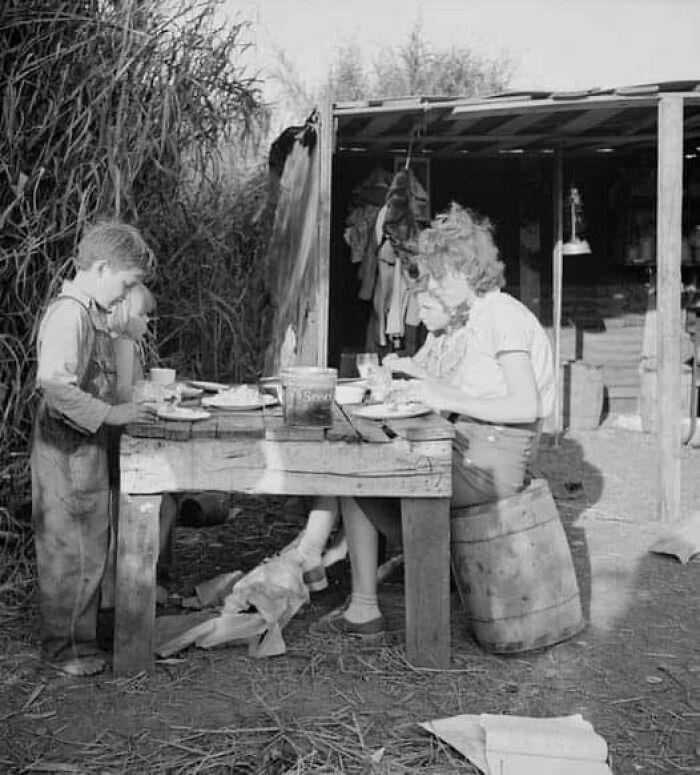
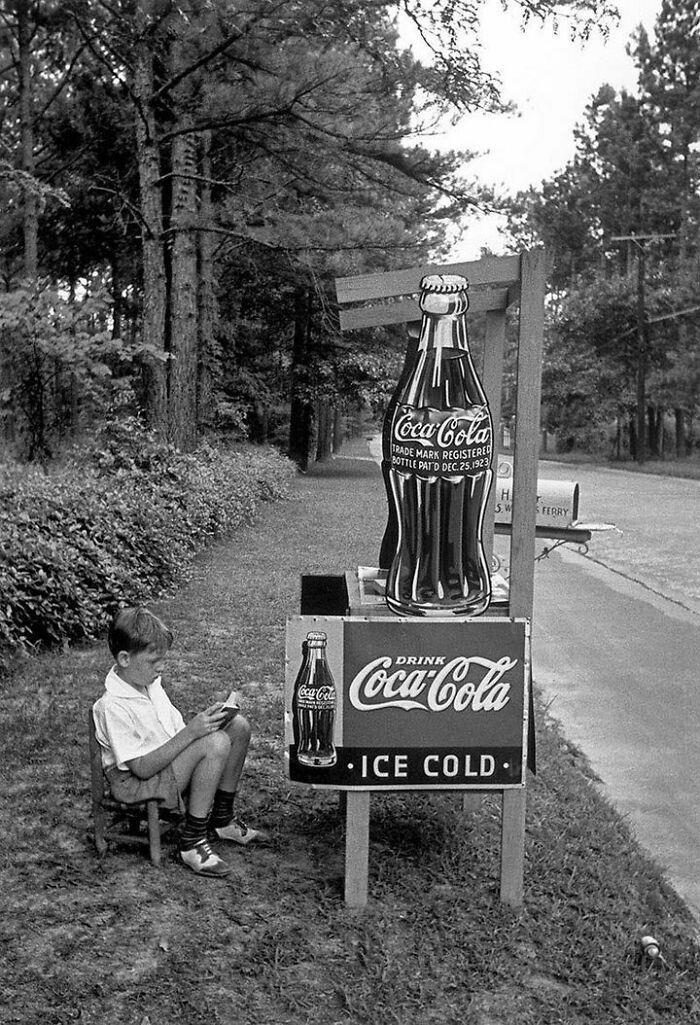
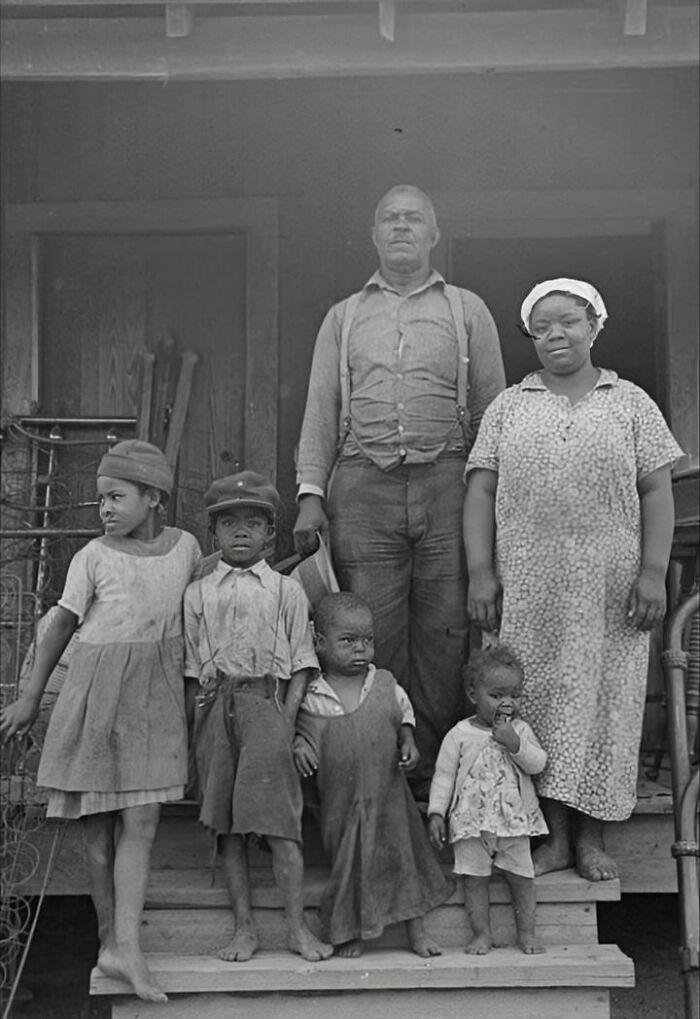
Video
Watch the video What Was It Like to Be a Kid in the Past? | WHAT THE PAST? to take a nostalgic look at childhood through the ages and discover how it shaped generations.
Conclusion
The childhood experiences of the late 19th to mid-20th centuries were diverse and shaped by the events of their time. From the stiff, formal photographs of the 1880s to the youthful energy of the 1960s and 1970s, each era’s children reflected the challenges, opportunities, and changes that defined their worlds. Through these photographs, we witness the evolution of childhood—a reminder of how far we’ve come and how timeless the essence of youth remains, no matter the decade.

